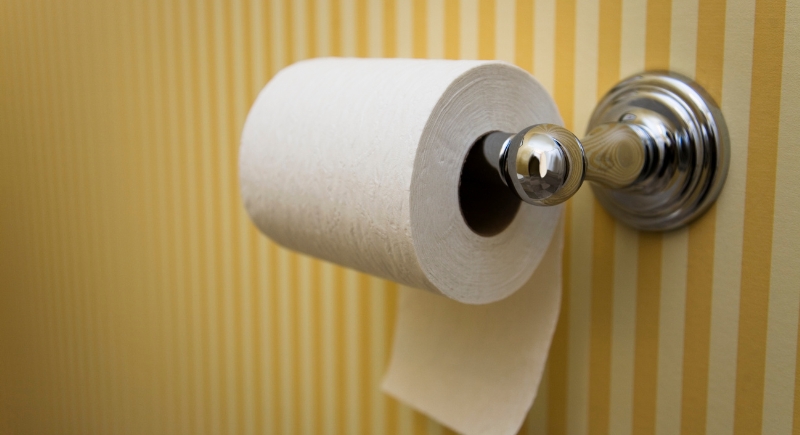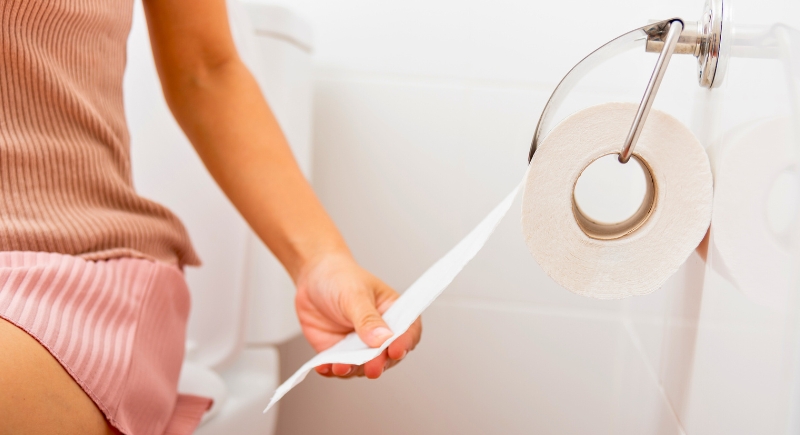The One Toilet Paper Question You’ve Always Had Answered
The way a toilet paper roll hangs—over or under—has been a surprisingly stubborn debate. Everyone has argued about it at some point and often more than once. But science has now weighed in with a clear answer.
What the Original Patent Actually Shows

Image via Getty Images/Terryfic3
In 1891, Seth Wheeler from Albany, New York, patented perforated toilet paper on a roll. His drawing for the U.S. Patent clearly shows the roll dispensing paper in the “over” position, with the loose end hanging in front of the roll. That image has become a reference point for supporters of the “over” approach.
The original design wasn’t vague because anyone could see that the roll was unmistakably facing outward. Wheeler even patented the holder that matched that setup. For many, this historical detail makes “over” the default.
What Microbiologists Found About Cleanliness
After years of debate over which side is right, one researcher decided to settle the issue. Dr. Primrose Freestone, a clinical microbiologist at the University of Leicester, examined the toilet paper argument through the lens of hygiene.
Her findings suggest that the “under” position may be the safer choice. She pointed out that the “over” method often requires a second hand to keep the roll steady, which increases the chance of bacteria spreading between hands, surfaces, and the paper itself.
The “under” setup avoids that extra contact. It lets the user pin the paper against the wall with one hand and tear cleanly without touching the roll. Fewer points of contact mean fewer opportunities to transfer germs before the paper is even used.
Public Opinions and Household Habits

Image via iStockphoto/Sorapop
Survey data shows that about 70 percent of people prefer the “over” position. Many say it feels more accessible and makes it easier to see how much paper is available. They also like avoiding hand contact with the wall during tearing.
The “under” position still has dedicated supporters. Pet owners often choose it because it creates resistance and makes it harder for animals or toddlers to unravel the entire roll. Some also believe it creates a tidier appearance by keeping the ends out of view.
One study revealed that nearly 20 percent of people get annoyed when the roll is oriented differently than they prefer, while about 19 percent have admitted to flipping it in someone else’s bathroom. Perhaps the cleanest solution is to let the person who cares most take the lead. If both care equally, they can alternate and flip the roll after each use.